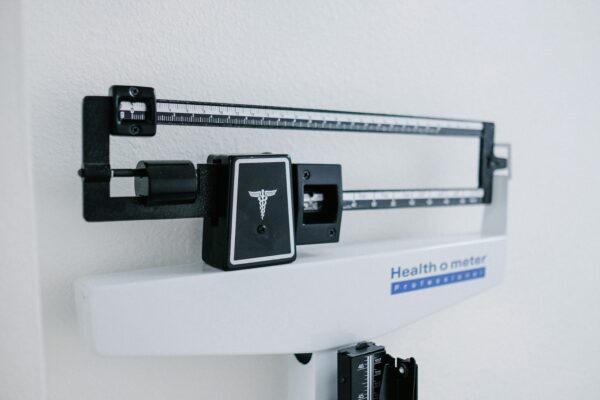On November 27th, CMS released a document that detailed how the new E&M codes could be determined using time only and included a table that contained the number of minutes associated with each of the nine office visit codes. The issue is not that office visit levels of service can be assigned based on time; that model has been around for many years. The issue relates to which time table will the private payers use. The reason I pose this is because we already know which times CMS will use because they stated such in the final rule. The other option, which is available for private payers, is to use the CPT time table. Both are shown below:
The most obvious difference is that the CMS 2021 PFS final rule table reports significantly higher minutes to meet criteria for the same code. For example, for a 99213, CPT guidelines report somewhere in the neighborhood of 20–29 minutes (which, by the way, is a vast improvement over the past where it was a single value and not a range). The CMS table reports 30–46 minutes. So, if you met the criteria for a 99213 under the CPT guidelines, you would have only met the criteria for a 99212 under the CMS guidelines. It is obvious to me that this is another tool in CMS’s toolbox to ensure that there won’t be any increase in the levels of office visit codes over 2020. Before I was a statistician, I was a PA and can’t imagine spending 46 minutes with a patient, only to record a 99213. Even if you take the average time of 38 minutes ([30+46]/2), this would mean that, in a typical day at the office, a provider would only be able to see 13 or 14 mid-level established patients a day; certainly not a sustainable level of visits.
But the big question, in my opinion, with respect to both coding and auditing office visits is this; upon which of these two tables will the private payers rely? The first impression might be the CPT 2021 guidelines, because that has pretty much been the standard in the past. But, personal experience, the private payers tend to gravitate to whichever set of rules or guidelines benefit them the most. It is quite clear that the greatest benefit would come from the CMS 2021 PFS final rule as the criteria for any level of visit is significantly more aggressive, resulting in fewer higher level visits. In fact, on average, the CMS times are over 46% higher than the CPT times and that is a huge difference. And for the record, established visits, which account for significantly more services, have a higher variance that new office visits. Also, the higher the level of visit for each category, the greater the average variance. For example, for a 99202, the variance is 23%; for a 99205, it’s 40%. For a 99212, the variance is 55% and for a 99215, it’s 78%.
Personally, I am glad that I am a statistician and not a coder or auditor because being a coder or auditor in this environment is, in my opinion, a lot more difficult and requires more complex decision making than I would have ever imagined. My suggestion? Start contacting your private payers now and find out which set of times they are going to rely upon because when it comes time to start auditing, that information will be critical to ensuring that you get it right.
By Frank Cohen, Director of Analytics and Business Intelligence

What to do next…
- If you need help with an audit appeal or regulatory compliance concern, contact us at (800) 635-4040 or via email at [email protected].
- Read more about our: Total Compliance Solution
Why do thousands of providers trust DoctorsManagement to help improve their compliance programs and the health of their business?
Experienced compliance professionals. Our compliance services are structured by a chief compliance officer and supported by a team that includes physicians, attorneys and a team of experienced auditors. The team has many decades of combined experience helping protect the interests of physicians and the organizations they serve.
Quality of coders and auditors. Our US-based auditors receive ongoing training and support from our education division, NAMAS (National Alliance of Medical Auditing Specialists). All team members possess over 15 years of experience and hold both the Certified Professional Coder (CPC®) as well as the Certified Professional Medical Auditor (CPMA®) credentials.
Synergy – DoctorsManagement is a full-service healthcare consultancy firm. The many departments within our firm work together to help clients rise above the complexities faced by today’s healthcare professionals. As a result, you receive quality solutions from a team of individuals who are current on every aspect of the business of medicine.


























